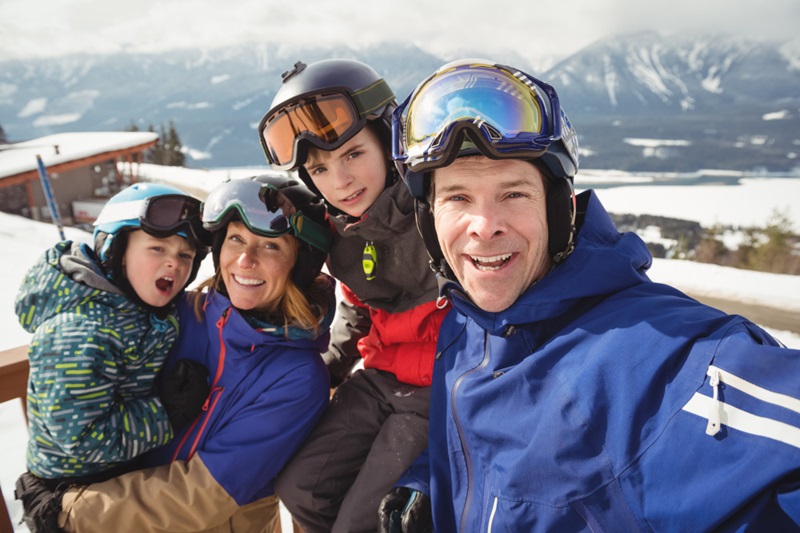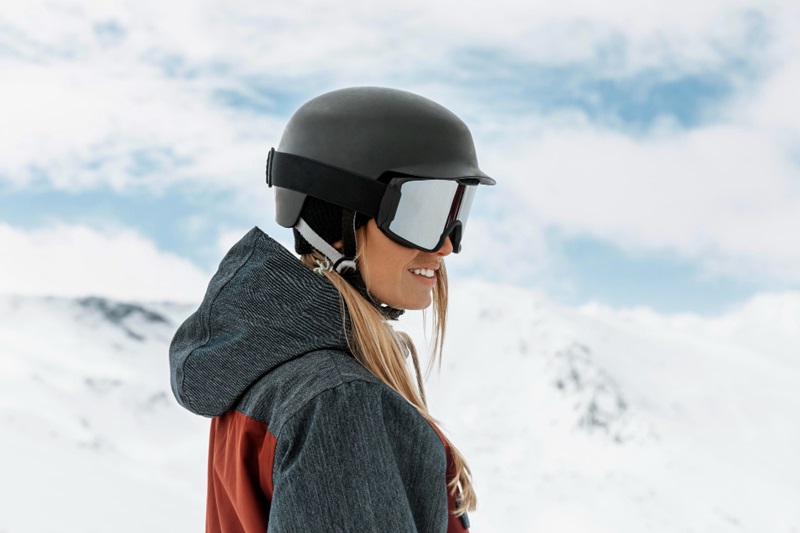Extreme cold affects more than just your hands and feet. Your eyes are at risk from freezing winds, snow glare, and dry air. Without proper protection, cold exposure can cause discomfort, blurred vision, and even long-term damage. Ski goggles act as a barrier, shielding your eyes from harsh winter conditions. Whether skiing or snowboarding, wearing the right eyewear improves visibility and safety.
Wind Protection Keeps Eyes Safe
Cold wind can dry out your eyes and cause irritation. Ski goggles create a seal around your eyes, blocking wind and preventing moisture loss. Without protection, windburn can make your eyes red and sore. Snowboarding goggles are designed to reduce exposure, allowing you to ride comfortably in extreme conditions.
UV Rays Are Stronger in Snow
Snow reflects sunlight, increasing UV exposure. Without snow goggles, your eyes are vulnerable to photokeratitis, also known as snow blindness. This condition causes pain, redness, and temporary vision loss. Anti-fog ski goggles come with UV protection to shield your eyes from harmful rays and improve visibility.

Anti-Fog Lenses Prevent Blurry Vision
Temperature changes can cause lenses to fog, obstructing your view. Anti-fog ski goggles have special coatings and ventilation systems that prevent condensation. Clear vision is crucial when navigating slopes, as fogged lenses increase the risk of accidents. Investing in high-quality snow goggles ensures you maintain visibility in all weather conditions.
Protection from Ice and Snow Debris
Strong winds can blow ice particles and snow directly into your eyes. This can cause irritation or even minor injuries. Ski goggles provide a physical barrier, ensuring that your eyes remain free from debris. Some models also come with impact-resistant lenses for extra durability.
Comfortable Fit Reduces Eye Fatigue
Poor-fitting goggles can cause discomfort and pressure points around your eyes. High-quality snowboarding goggles come with adjustable straps and foam padding for a secure fit. A comfortable fit ensures that you can wear them for extended periods without discomfort or distraction.
Clear Vision Enhances Performance
Proper visibility is key to staying safe on the slopes. Ski goggles come with different lens colors that improve contrast and depth perception. Whether skiing in bright sunlight or low-light conditions, the right lenses help you see obstacles clearly. Snow protection eyewear with polarized lenses reduces glare, improving overall performance. Some companies offer buy one, get other frames 50% off to attract customers. This makes it easier to invest in high-quality snow goggles without overspending.
Durability in Extreme Conditions
Ordinary sunglasses may not withstand extreme cold. Ski goggles are designed with durable materials that resist freezing temperatures. High-quality frames remain flexible in cold weather, preventing breakage. Scratch-resistant lenses add longevity, ensuring long-term use.
Protection Against Dry Air and Irritation
Cold air lacks moisture, which can dry out your eyes quickly. This leads to irritation, redness, and discomfort. Ski goggles create a protective barrier, keeping your eyes hydrated. Some models include moisture-wicking foam, preventing dryness during long hours on the slopes.
Preventing Accidents on the Slopes
Blurry vision and snow glare can cause misjudgments, leading to falls or collisions. Snowboarding goggles improve depth perception and contrast, making it easier to identify terrain changes. They help you react faster to sudden obstacles, reducing the risk of injury.
Frequently Asked Questions on Ski Goggles
- Why are ski goggles necessary in extreme cold?
Ski goggles protect your eyes from wind, snow glare, UV rays, and debris. They improve visibility and comfort while reducing the risk of eye damage.
- How do anti-fog ski goggles work?
Anti-fog ski goggles have special coatings and ventilation systems that prevent condensation. This ensures clear vision even in fluctuating temperatures.
- Can I wear regular sunglasses instead of ski goggles?
Sunglasses do not offer the same level of protection. Snow goggles provide better coverage, fit securely, and shield against wind, snow, and UV rays.
- What lens color is best for skiing?
Different lens colors serve various purposes. Yellow and rose lenses enhance contrast in low-light conditions, while darker lenses reduce glare in bright sunlight.
- Are expensive ski goggles worth it?
Higher-quality snowboarding goggles provide better UV protection, durability, and anti-fog features. Investing in good goggles enhances performance and safety.
Stay Safe on the Slopes with High-Quality Ski Goggles
Cold weather presents several challenges for your eyes, from windburn to snow glare. Ski goggles provide essential protection, ensuring comfort, safety, and clear vision on the slopes. They block wind, filter UV rays, and prevent fogging, reducing the risk of accidents. Investing in high-quality snow protection eyewear keeps your eyes safe in extreme cold. Prioritizing the right gear improves your skiing experience and prevents long-term damage to your vision.

